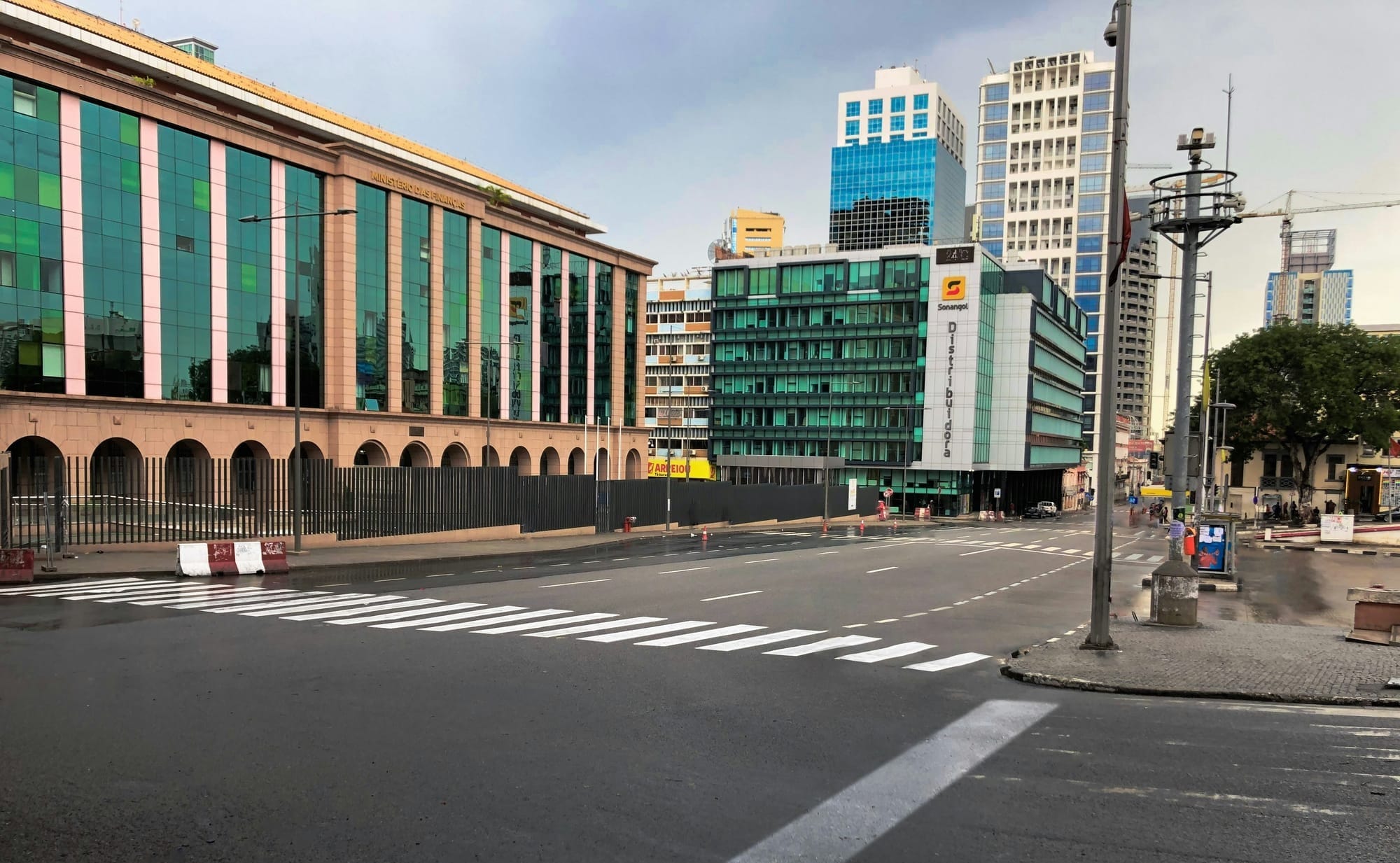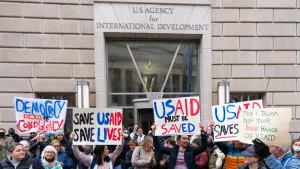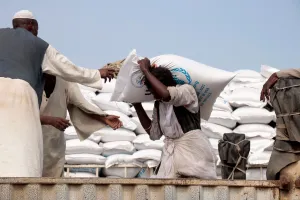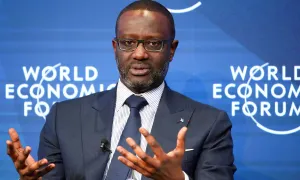Angola’s economic prospects have dimmed as the International Monetary Fund revised its 2025 growth outlook down to 2.4%, attributing the downgrade to declining global oil prices and increased borrowing costs.
Investor Anxiety and External Shocks
Investor confidence in Angola has been rattled. The nation’s sovereign bonds were hit hard following recent global market disruptions, including U.S. tariff moves. In a striking development, JPMorgan requested an additional $200 million in security for a $1 billion financing facility, underscoring mounting investor risk perceptions.
Angola’s economy remains deeply tethered to oil, which comprises 95% of exports and around 60% of state revenues, according to IMF estimates. The government pegged its 2025 budget on oil selling at $70 per barrel, but markets saw Brent dip below $64 recently, and even reach lows of $60 at peak volatility.
This instability coincides with a heavy debt burden: Angola faces $9.1 billion in external repayments this year, including a Eurobond maturing in November.
Government Stance on the Debt Load
Finance Minister Vera Daves de Sousa has acknowledged that sustained pressure from weak oil prices may push Luanda back to the IMF for assistance. Authorities defend their borrowing practices, noting that loans have gone toward healthcare infrastructure and water systems.
Angola has signaled readiness to revise spending plans and adopt more cautious borrowing strategies. While official forecasts suggest the debt-to-GDP ratio—currently close to 70%—could decline, the IMF still classifies the country as at high risk of debt distress, largely due to its heavy exposure to foreign-denominated debt. Nearly 80% of the national debt is in foreign currencies, including China-backed oil collateralized loans.
The government claims it has ramped up repayments to China and remains capable of weathering further oil market shocks. However, lacking a robust domestic bond market leaves Angola highly vulnerable when external credit dries up.
Last year’s attempt to phase out fuel subsidies—a move aimed at easing fiscal pressures—failed to yield substantial savings, the IMF reported.

The Broader Impact and Policy Trade-offs
According to the UK-based campaign group Debt Justice, social sector spending in Angola has fallen by over 50% since 2015. Analysts highlight that rising debt servicing has squeezed out public investment, including in vital infrastructure.
This is particularly problematic as Angola is central to the U.S.-supported Lobito Corridor—an infrastructure project connecting mineral-rich Democratic Republic of Congo and Zambia to Angola’s Atlantic port.
Top-level discussions with IMF officials, including talks between IMF Africa director Abebe Aemro Selassie and President João Lourenço, are underway in Luanda. However, it remains unclear whether a new IMF loan package is on the table.




